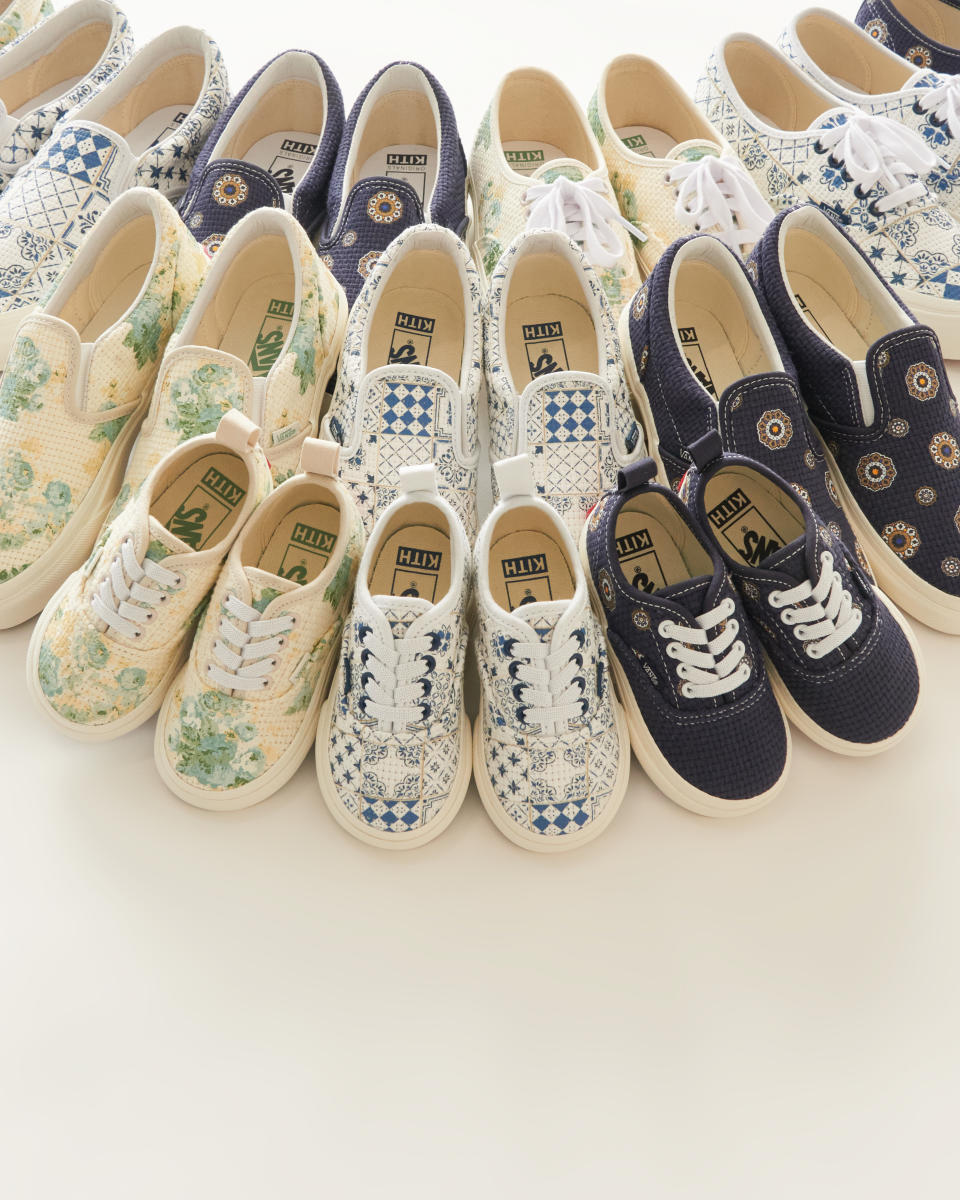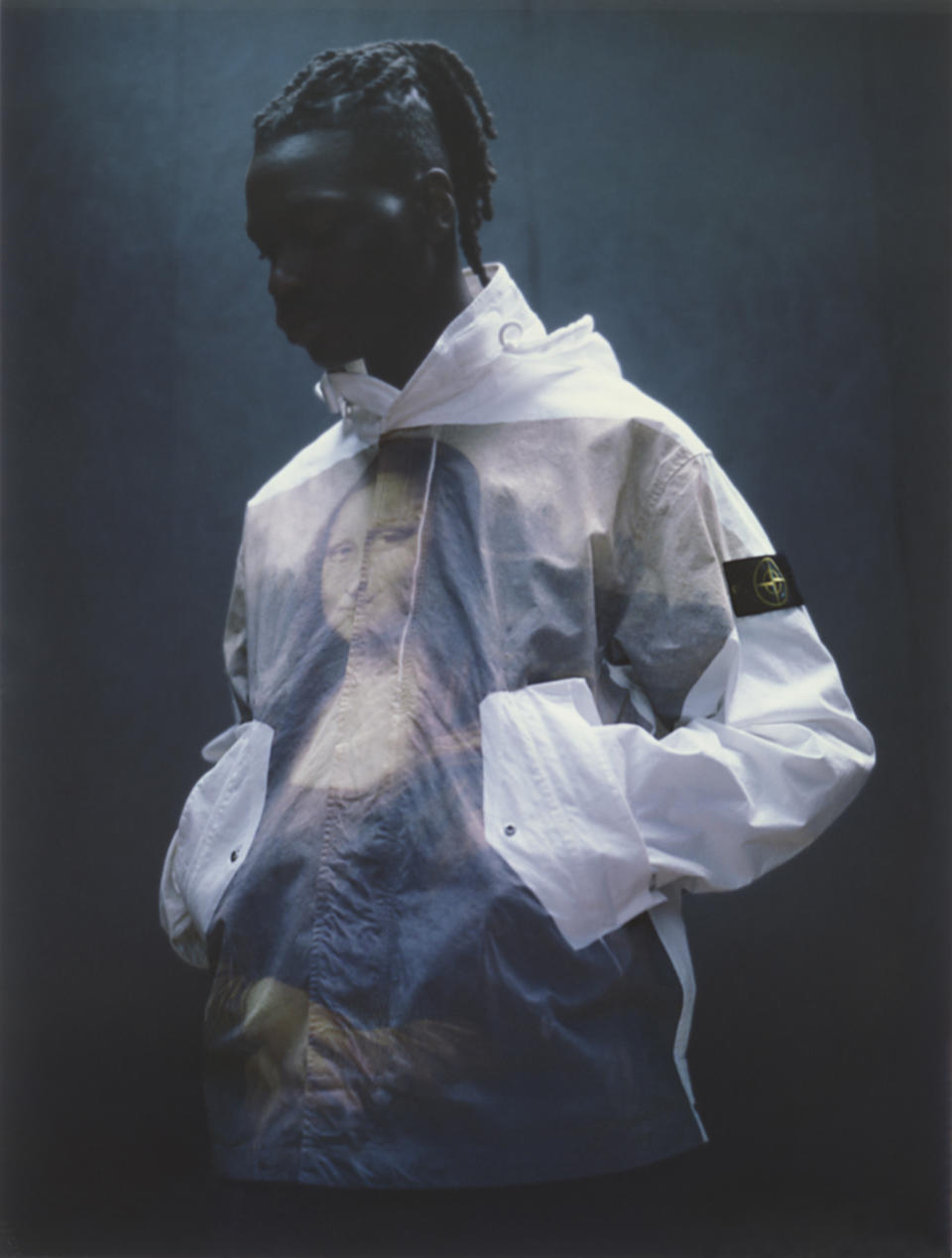VF’s Steve Rendle Sees Mid- to High-end Consumer Staying Power
- Oops!Something went wrong.Please try again later.

VF Corp. might be caught up in the global web of currency shifts and the COVID-19 lockdowns in China, but company president, chairman and chief executive officer Steve Rendle said the higher-end consumer was standing strong.
The company — home to Vans, The North Face, Supreme and more — logged a rare net loss in the first quarter and missed estimates on an adjusted basis, but stood by its currency-adjusted outlook for the year, a signal of confidence in the underlying business.
More from WWD
Rendle told analysts on a conference call, “The consumer health from our vantage point is generally good across all markets, China certainly lagging as…lockdowns have had an impact, but sentiment is softening and there’s a lot of data out there that would support that and certainly consumer behavior is changing, consumers are becoming more choice-full as household expenses are up and in some cases up significantly.”
Still, the CEO said the challenges were primarily in the value end of the market, a reality made clear by recent warnings from Walmart Inc. and Target Corp.
VF used to have more exposure to that market, but spun off the Lee and Wrangler jeans businesses in 2019.
“There’s limited impact on that mid-to-higher end consumer,” Rendle said, referring to what is the sweet spot of the VF portfolio. “The macro trends of outdoor, certainly health and wellness, for us continue to support solid sell-through, and where we’re positioned with our own stores and our own digital, and our key accounts, we continue to see good sell-through.
“We’re very attentive to the right product and the right environments at the right time to the best of our ability with the current supply chain, but really managing closely to assure that we’ve got the products that are selling and where they’re not moving quickly to place the right products in place,” he said.
On a net basis, VF posted first-quarter losses of $56 million, or 14 cents a share, a big step back from year-ago earnings of $324.2 million, or 82 cents.
But on an adjusted basis, earnings tallied 9 cents per share, shy of the 13 cents analysts had penciled in.
Investors took the shortfall in stride and were reassured as the company stood by its outlook, at least on a currency-adjusted basis. Shares of VF slipped 0.5 percent to $48.35 in after-hours trading on Thursday, giving back some of the 3.7 percent gain from earlier in the day.
Revenues for the three months ended July 2 rose 3 percent to $2.3 billion from $2.2 billion. Without the currency downdraft, the top line grew 7 percent.
Net revenues at Vans fell 7 percent to $946.8 million (or 4 percent in constant currencies) while The North Face’s take rose 31 percent to $481.1 million (up 37 percent in constant currencies).

Courtesy of Kith
The dichotomy between the two brands illustrates the stabilizing nature of a portfolio of brands — one of the defining aspects of the VF business. While Rendle & Co. would no doubt like to have all the company’s big brands growing in lockstep, it’s not always possible to pull that off given the realities of fickle fashion consumers.
Until the recent retrenchment, Vans was the golden child driving growth for the group while Timberland struggled. Now, Vans is changing tack, and Timberland is up 8 percent to $269.5 million for the quarter.
Rounding out the major businesses, Dickies was down 15 percent to $170.4 million and the “other brands” category, which includes Supreme, was up 9 percent to $393.9 million.
Supreme is seen as helping to drive more growth for the company in the future.
“The brand was broadly flat in the quarter and largely in-line with our plan,” Rendle said of the high-fashion skate brand the company bought in 2020. “Our European stores performed well and benefited from the openings in Berlin and Milan in the prior year, where there continues to be a high level of energy and excitement for the brand…we are excited to be resuming enhancement and expansion of the store network in coming months.”
By region, VF’s sales in the Americas were up 6 percent to $1.4 billion, while Europe, the Middle East and Africa were ahead 10 percent to $594.6 million. The Asia-Pacific region — an area the company has pegged for major growth, but has been hurt by COVID-19 lockdowns — saw revenues drop by 20 percent to $281.9 million.

Courtesy of Stone Island
Sign up for WWD's Newsletter. For the latest news, follow us on Twitter, Facebook, and Instagram.

